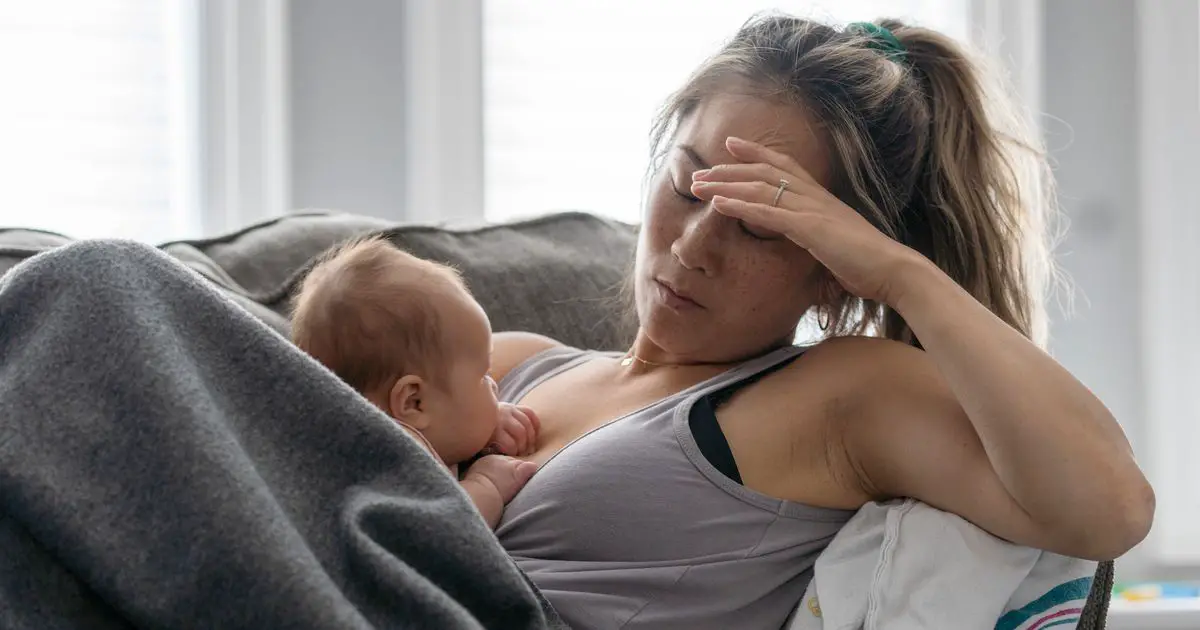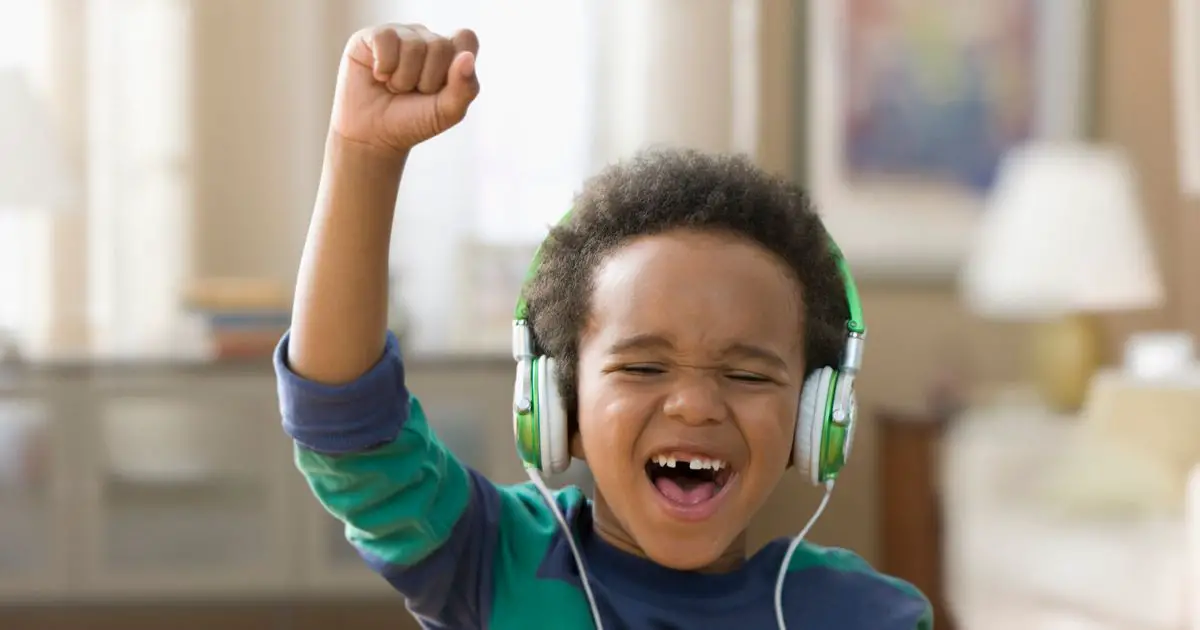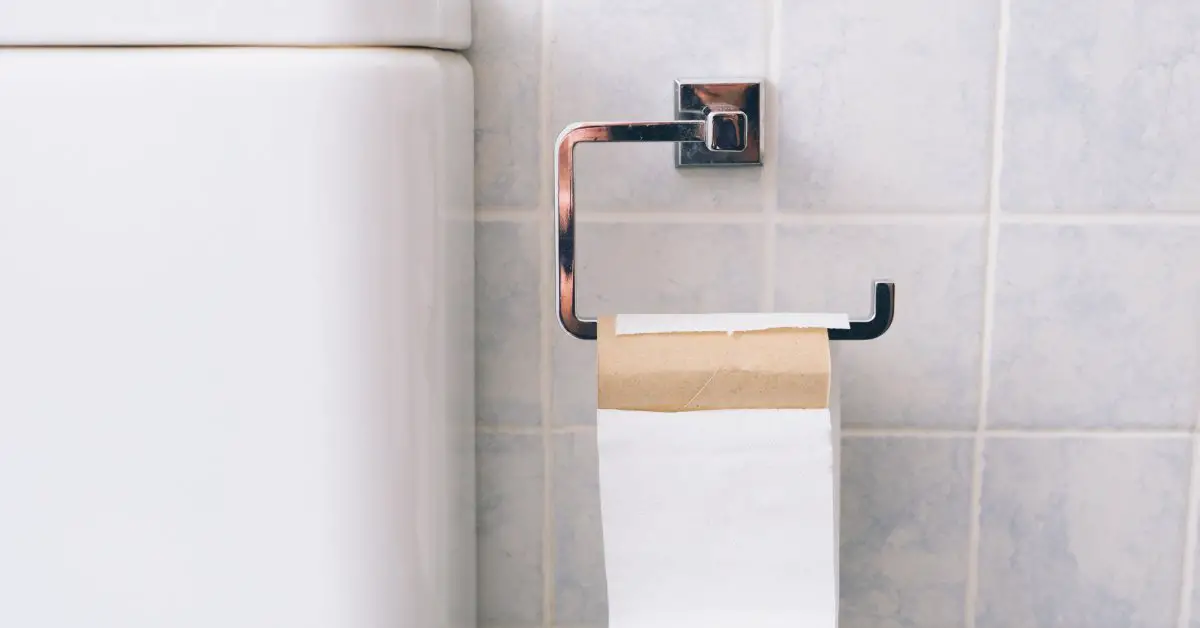
When my wife and I brought our first child home from the hospital, we planned on diligently following all of the expert recommendations regarding his care: He would breastfeed exclusively and sleep in a bassinet beside our bed, on his back, in a properly ventilated room. We had read about SIDS and would take every possible precaution. What could be more important that preventing harm from coming to our child?
Almost immediately, however, we ran into trouble. Our baby stopped peeing. He was dehydrated and hungry, somehow, although he spent pretty much all day at my breast. So we feed him some infant formula using a medicine dropper, which he lapped up hungrily, sending me into a shame spiral that took months of therapy to crawl out of. But at least with the supplementary formula we were able to keep him happily fed.
The second problem sent us into a territory that was even more mortifying. In spite of the fact that my breasts were only partially functional, the baby was extremely attached to them. As in, he would only sleep if they were right there, right beside him, skin to skin with his tiny cheek. Every time he feel asleep while nursing and unlatched his little rosebud lips, I moved as stealthily as possible to try to get him into the bassinet. But more often than not, he woke and started crying. And even if I could get him to lie in the bassinet, it often didn’t last long. The end result was that I spent a lot of time nursing him in the chair, and, in my desperation and exhaustion, I often fell asleep.
My wife could tell, just by looking at us, that this was not a safe situation. Since it wasn’t possible to get him into the bassinet, we just cleared our bed of blankets and pillows and let him sleep where he wanted to, right next to my body. We didn’t tell anyone. We had been taught that bed-sharing with a baby was deadly, so we certainly weren’t going to admit to doing it.
This was all back in 2009, before economist Emily Oster began publishing her bestselling books, in which she brings a unique, data-driven perspective to the art of parenting. In her second book, Cribsheet, she explains how holding up the ideal infant sleeping arrangement as the only permissible option can actually lead parents to put their babies in more danger. Because although it is safest to have baby sleep on a separate surface, it is much more dangerous to sleep with a baby on a sofa or armchair. Sixty-seven times more dangerous. Though it wasn’t a best-case scenario that the baby wasn’t in the bassinet, he was a lot safer sleeping next to me on the mattress instead of in the recliner.
Infant sleep, Oster writes, is one example of a scenario in which we might benefit from considering what she calls “second best” parenting. It is a term she borrows from economics.
Oster explained to HuffPost, “When we are giving advice in parenting, we tend to be absolutist: There is the best option and then everything else.” She has used the term “outer darkness” to refer to everything else — as in, if it’s not the best option, it’s all equally bad and scary.
But this all-or-nothing approach doesn’t apply well to infant sleep, where we clearly have a first best option (bassinet/crib in same room as parent) followed by a second best option (on a clear, flat sleeping surface next to the nursing parent) and then, way, way down, the 67th best option of a desperate mother accidentally falling asleep in an armchair while holding the baby because she has been told that under no circumstances should she consider bringing the baby into her bed.
“The idea of ‘second best’ is to recognise that within the category of ‘other options,’ some are better than others. The second best is the best option that we can achieve,” Oster said.
She thinks that this can be a useful framework for other parenting choices, too, such as what to feed our children.
“We’re told the best snack for our kids is, say, a whole apple and a glass of water. But what if your kid doesn’t eat that? We don’t help people pick well among the options their child will eat. You’d be forgiven for thinking that once you’re going to applesauce, you might as well give a pile of cookies. But actually those aren’t the same.”
Believing that there is only one right way and the rest are wrong sets us up to see only black and white when actually there are so many shades of gray.
“When we tell people that it’s the ‘best or the rest,’ we do not allow for them to choose smartly among the rest,” Oster said. In addition to not choosing well, this thinking makes people feel badly about how they’re parenting.
“When we tell people they aren’t doing their best, that disempowers them. And no one parents well from a place of shame,” Oster added.
The advantage of referring to “second best” is that, with the word “best,” parents are left with space to take pride in their parenting. A silver or bronze medal is still a win, after all.
The argument that Oster is making is similar to that of “good enough parenting,” an idea popularised in the 1950s by Donald Winnicott. Parenting coach Kristene Geering told HuffPost that this is the framework she uses with parents.
“It’s based on the notion that there is no such thing as perfect,” Geering explained. “Part of being human is that there are challenges, there are times when there’s no clear or easy path (which is also how we learn). There is no ‘best.’ You take what information you have, make a decision based on that and then you learn as you go along.”
Geering thinks this dovetails nicely with Carol Dweck’s “growth mindset,” in which as we learn more, we do better.
Geering said she often tells families that “we’re all doing the best we can with what we have” and advises, “Learn from your mistakes, repair as you go, and show your children how to hold compassion for yourself and those around you.”
She likes the “good enough” phrasing because it makes room for the idea that there are many different options that might be “bests” for different families dealing with different circumstances.
Geering agrees with Oster that it’s important to move parents out the space of “all is lost,” where they may get trapped in their shame. She said that where she works in Silicon Valley, “I see a lot of parents fall into this trap of trying to be ‘perfect’ … and then researching themselves into a state where they’re almost frozen with indecision.”
With an endless amount of information readily available, this isn’t an uncommon place for parents to land. “I’ve fallen into this trap as well,” Geering admitted. “Things like which school to attend, which activity to sign up for… it’s really overwhelming.”
Coming to peace with our parenting by using a “second best” or “good enough” mindset doesn’t come naturally to people raised in a culture of competition. But sooner or later, all parents are faced with a scenario that challenges expectations of perfection.
For Geering, a clear example of this in her own family was pandemic schooling.
“I watched my own kids struggle on ‘Zoom school,’ to the point where it was clear this would never work for them. So I pulled them, and we did homeschool for a year… while my husband and I both worked full time. Was it perfect? Nope. Was it ‘second best’? I have no idea.”
Her kids are “still catching up on math,” she said, although they also “gained a lot of skills in independence.”
“Instead of beating myself up on all the math they missed out on, I looked at it from the point of view that I was doing the best I could in really awful circumstances. And I looked at all the moms in my friend groups and the parents I was working with, and I saw everyone making different decisions, based on their specific circumstances. Absolutely no one did the ‘best’ thing… because there was no ‘best’ thing.”
Whether you think of it as “second best” or “good enough,” parenting within this framework, as opposed to one in which there is only one right option for all families, makes room for you to give yourself some grace.
An added benefit of letting go of a perfection-or-nothing mindset is the weight that this takes off of our kids.
If we “show them how to repair the relationship when we mess up and share our learning process with them,” Gerring said, “it lets them be compassionate with themselves, learn from their mistakes, create authentic and meaningful relationships with others, and have a growth mindset as their default throughout life. That’s pretty powerful stuff.”






